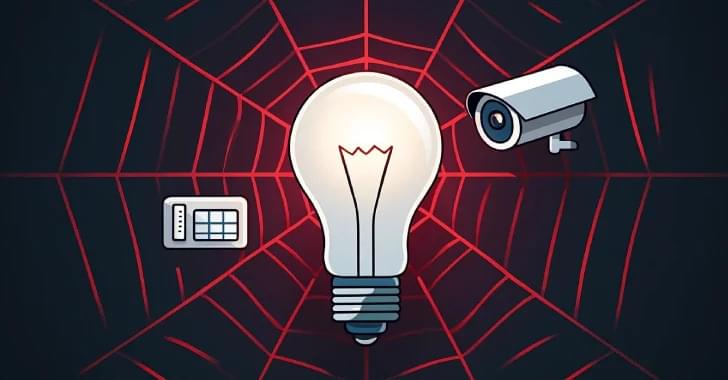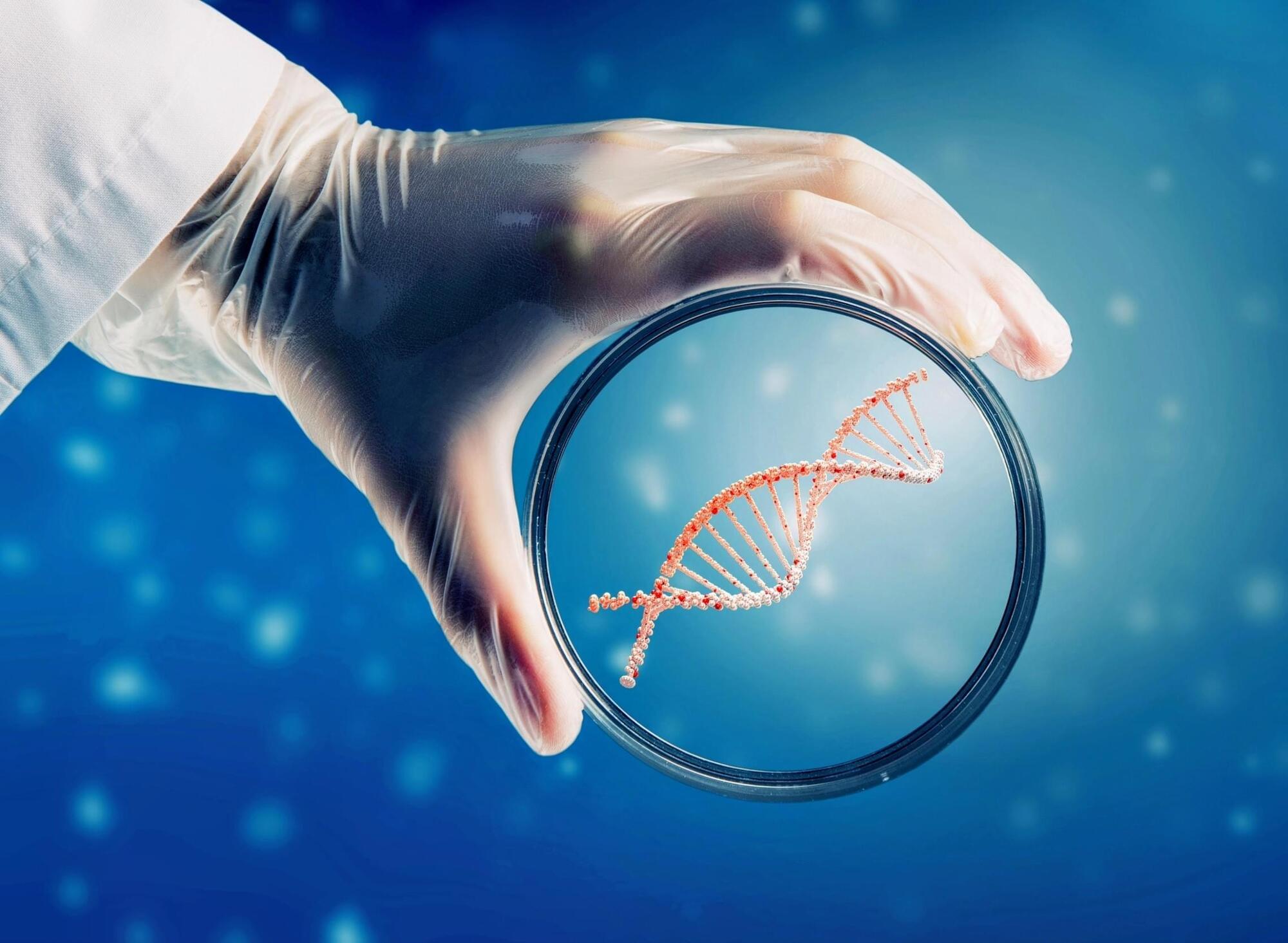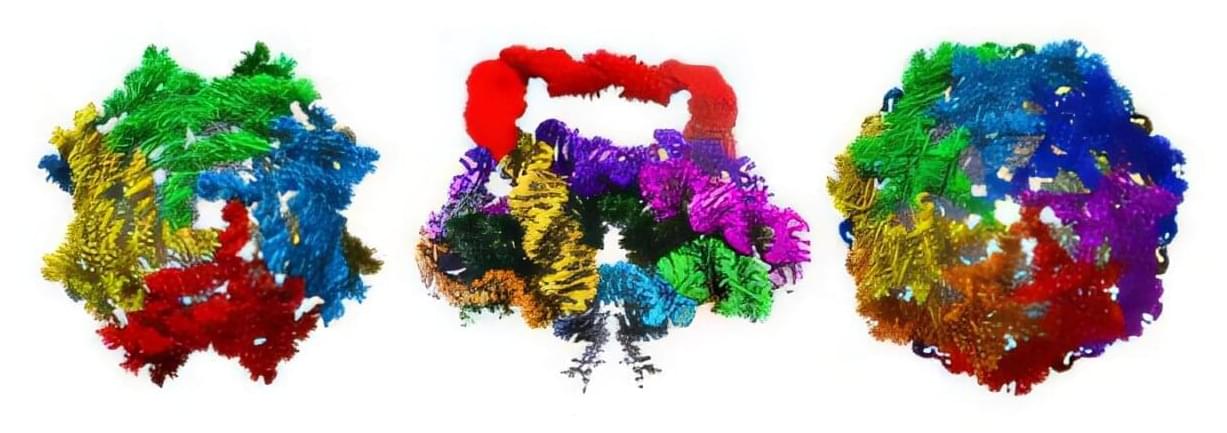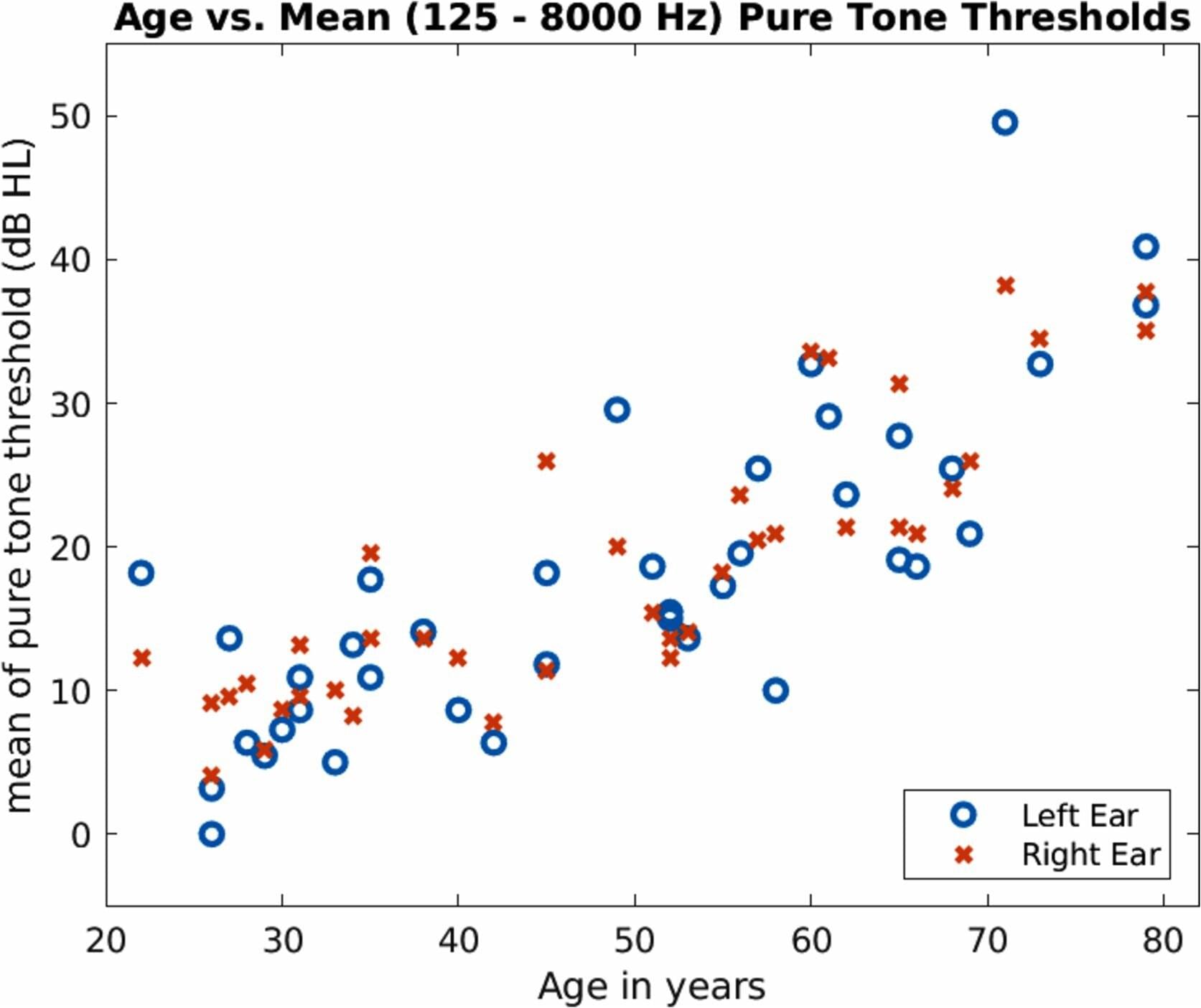Our research found that the phenomenon arises when the part of the brain which detects familiarity de-synchronises with reality. Déjà vu is the signal which alerts you to this weirdness: it is a type of “fact checking” for the memory system.
But repetition can do something even more uncanny and unusual. The opposite of déjà vu is “jamais vu”, when something you know to be familiar feels unreal or novel in some way. In our recent research, which has just won an Ig Nobel award for literature, we investigated the mechanism behind the phenomenon.
Jamais vu may involve looking at a familiar face and finding it suddenly unusual or unknown. Musicians have it momentarily – losing their way in a very familiar passage of music. You may have had it going to a familiar place and becoming disorientated or seeing it with “new eyes”









